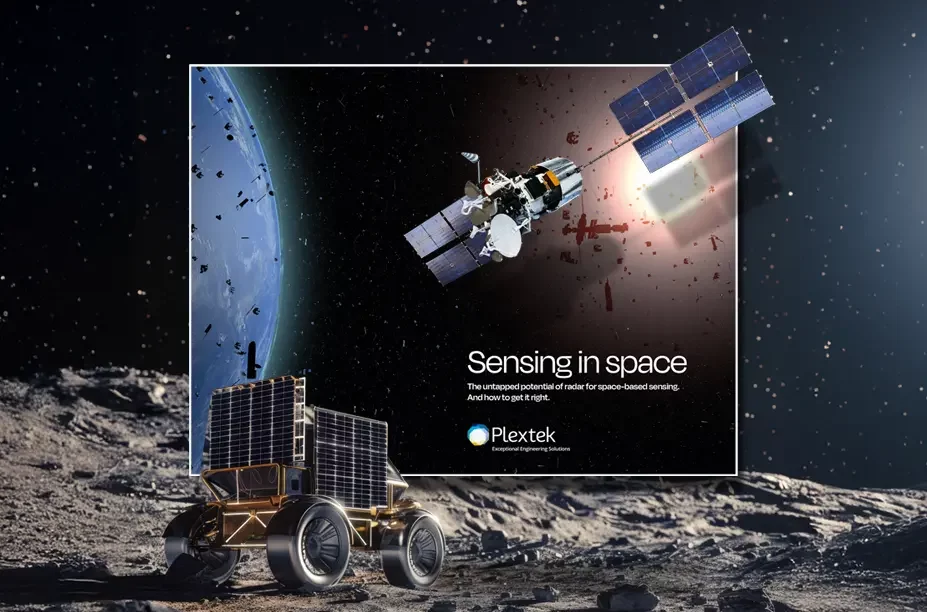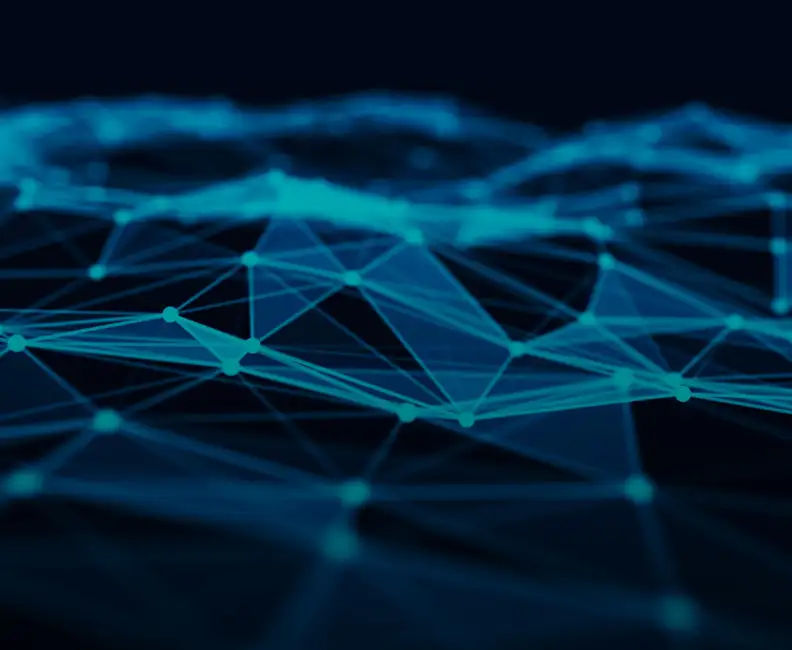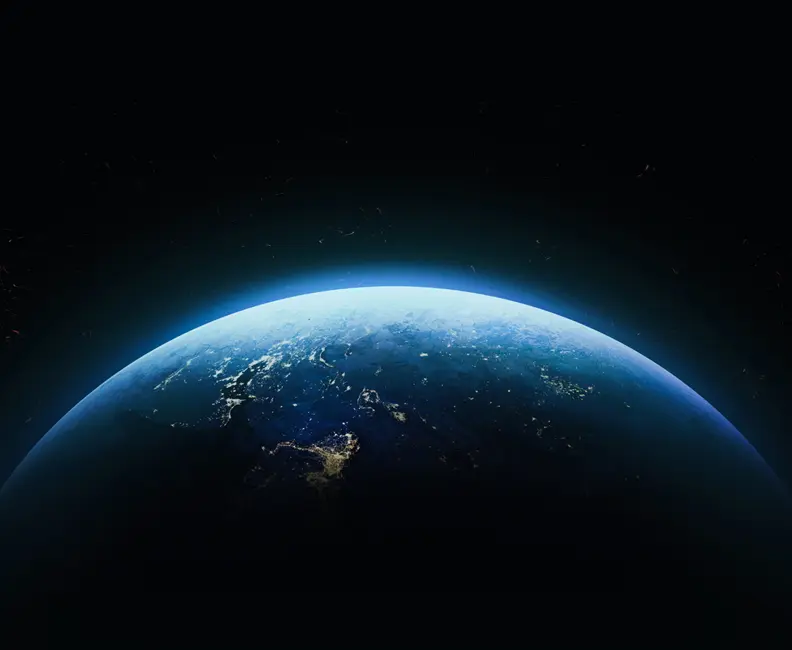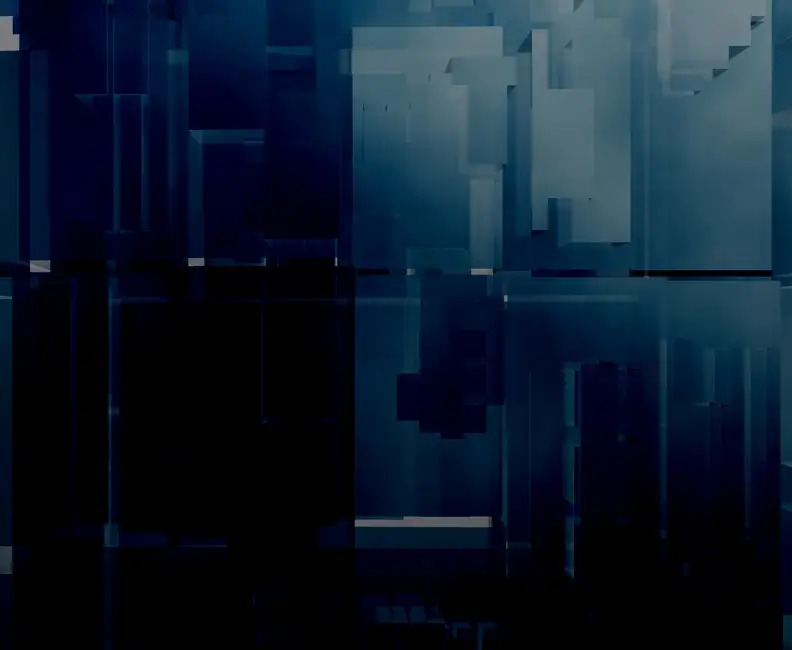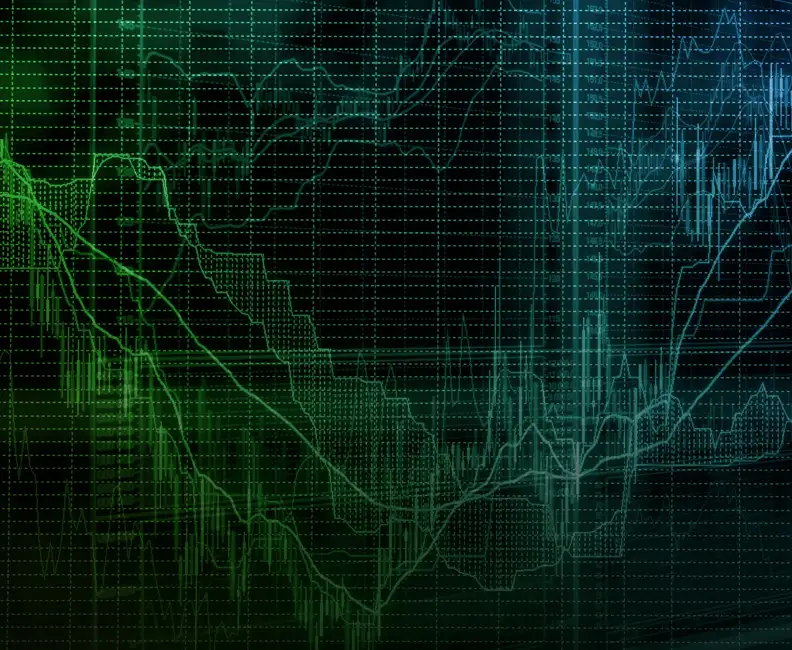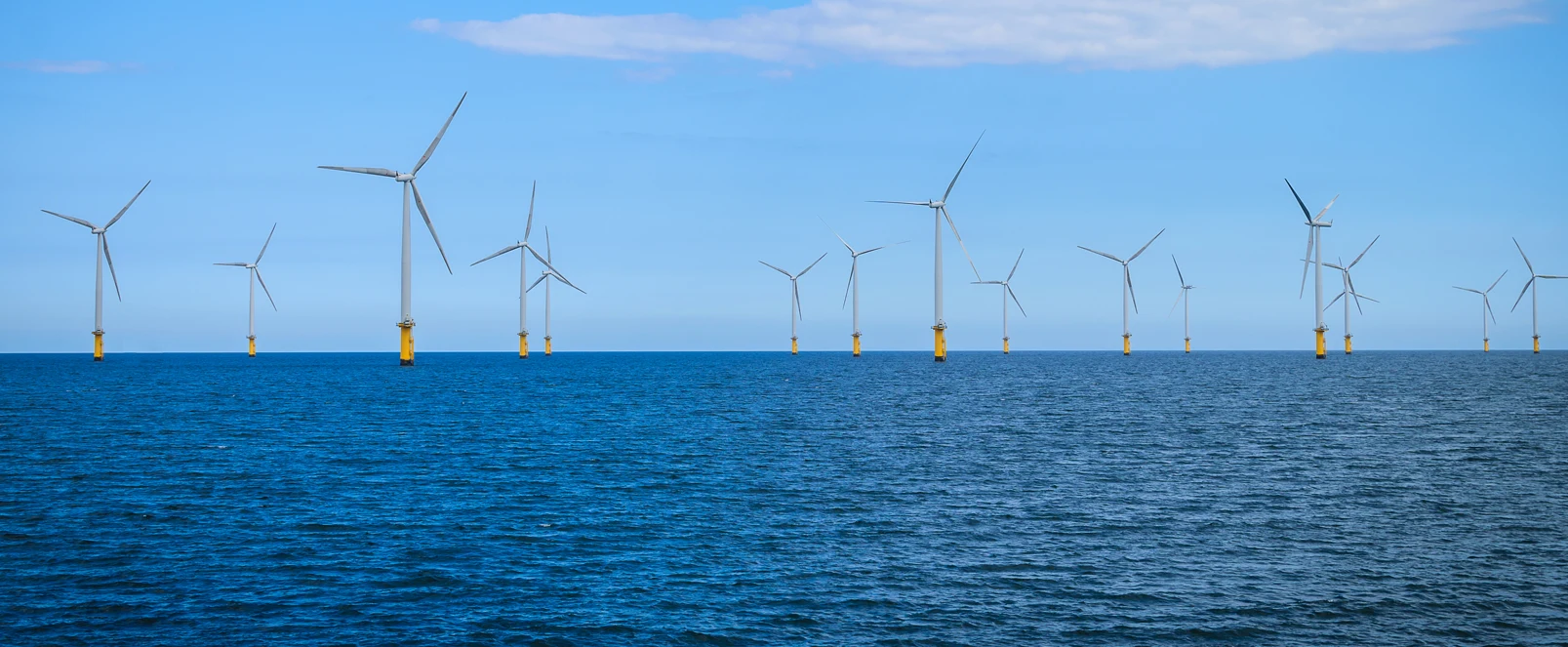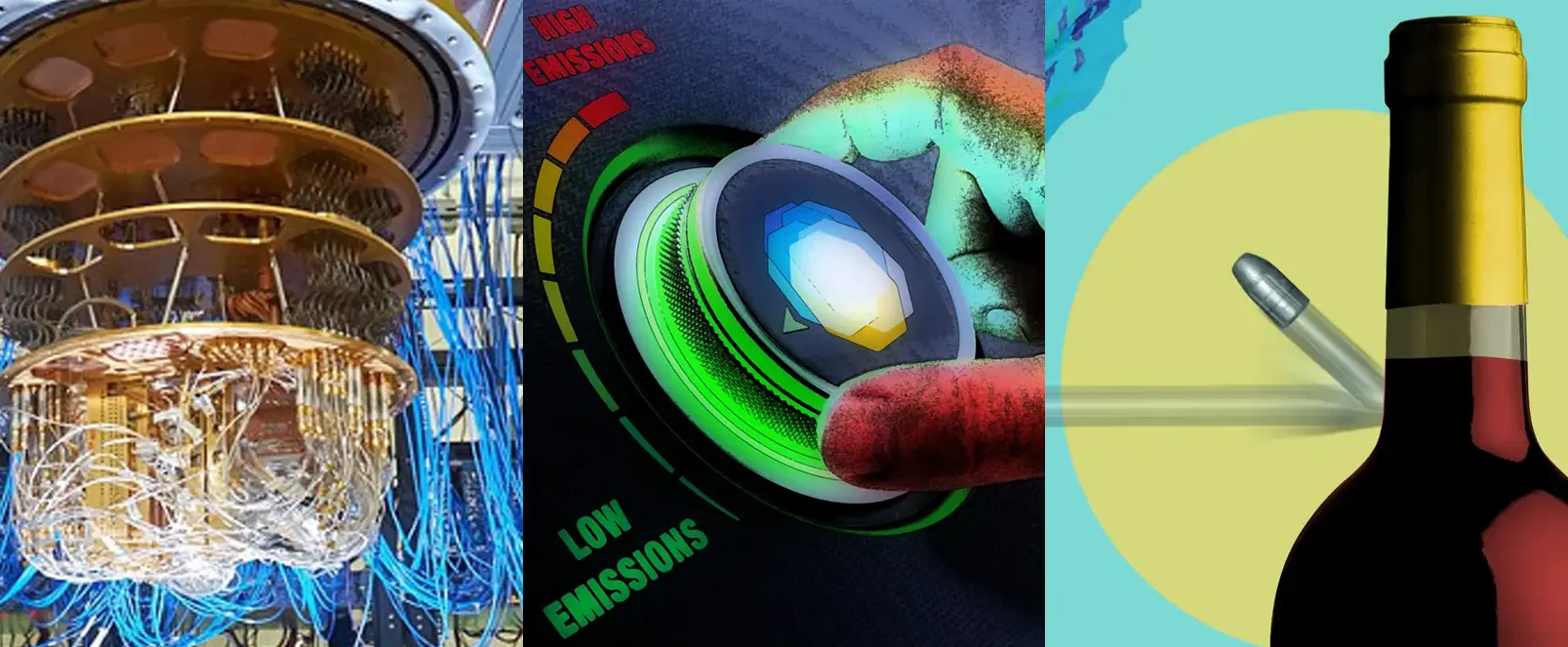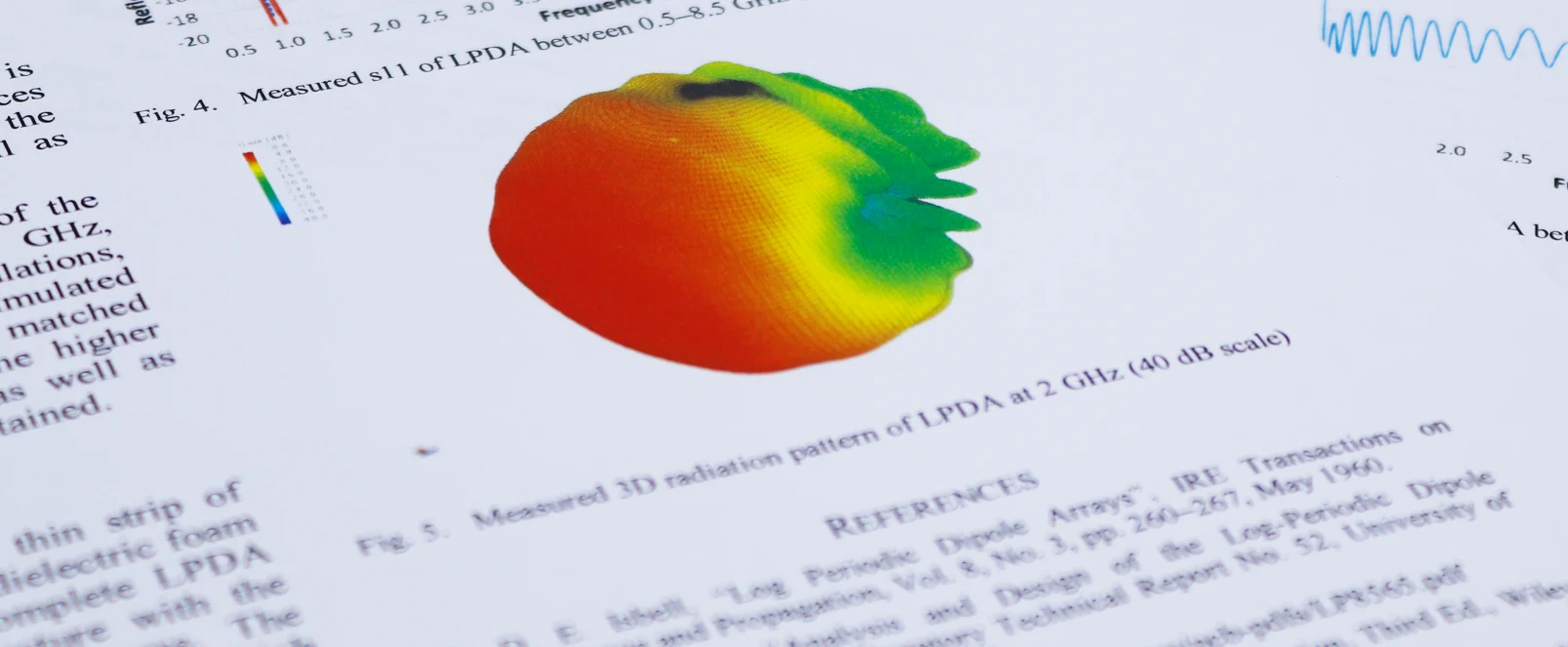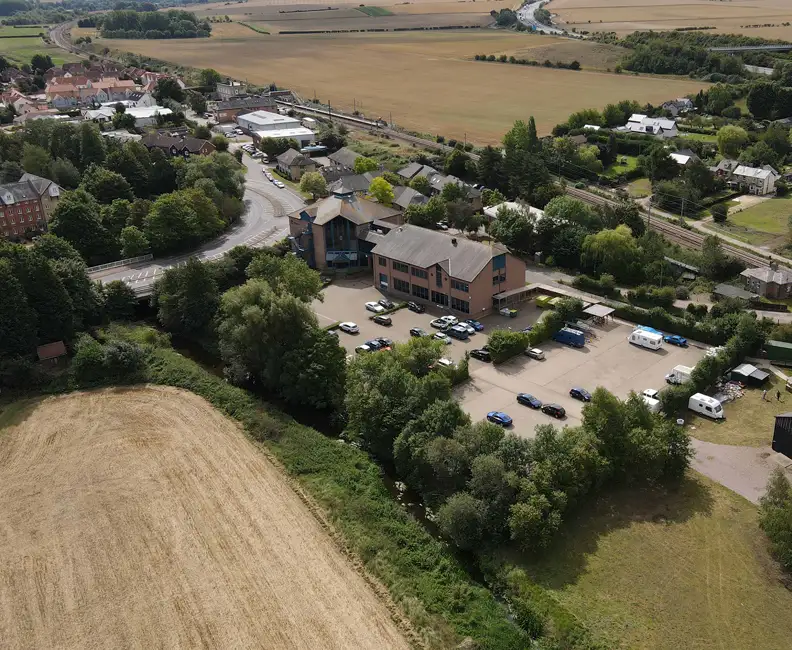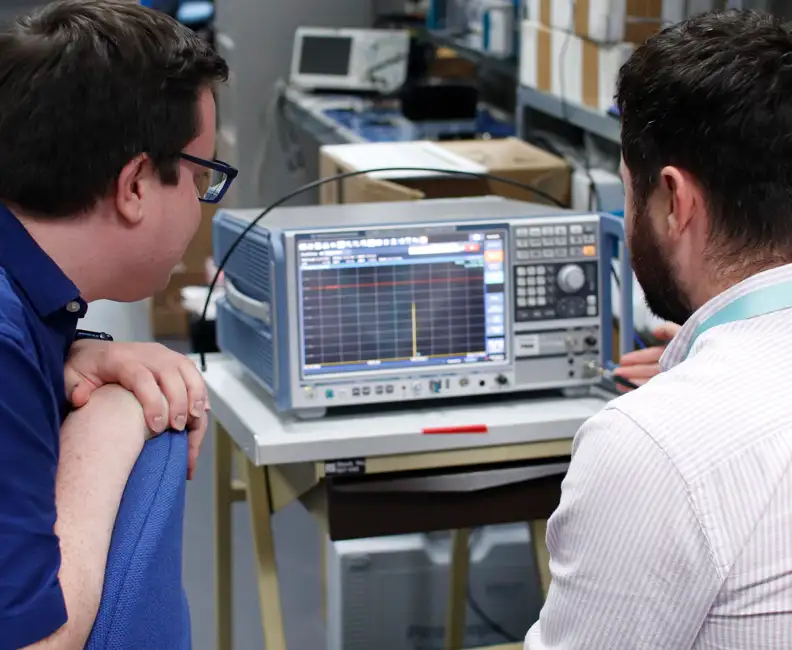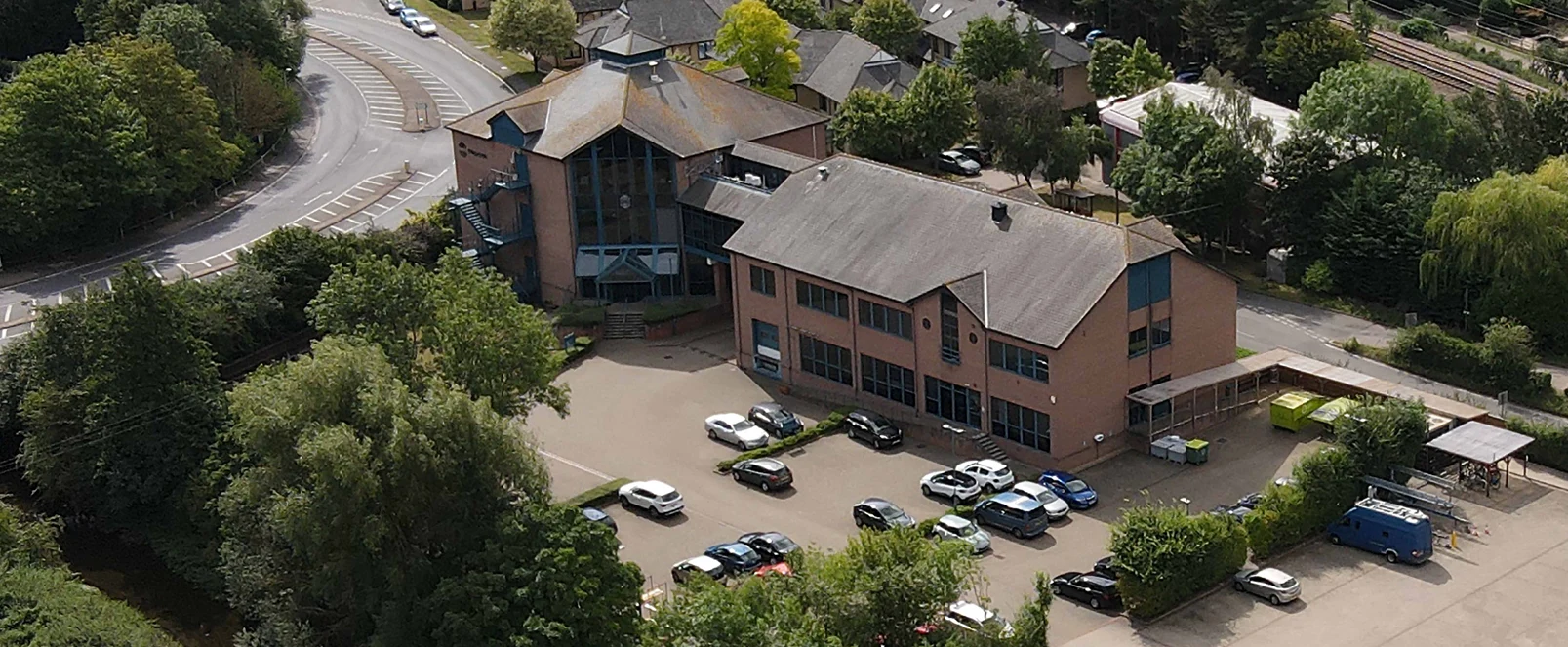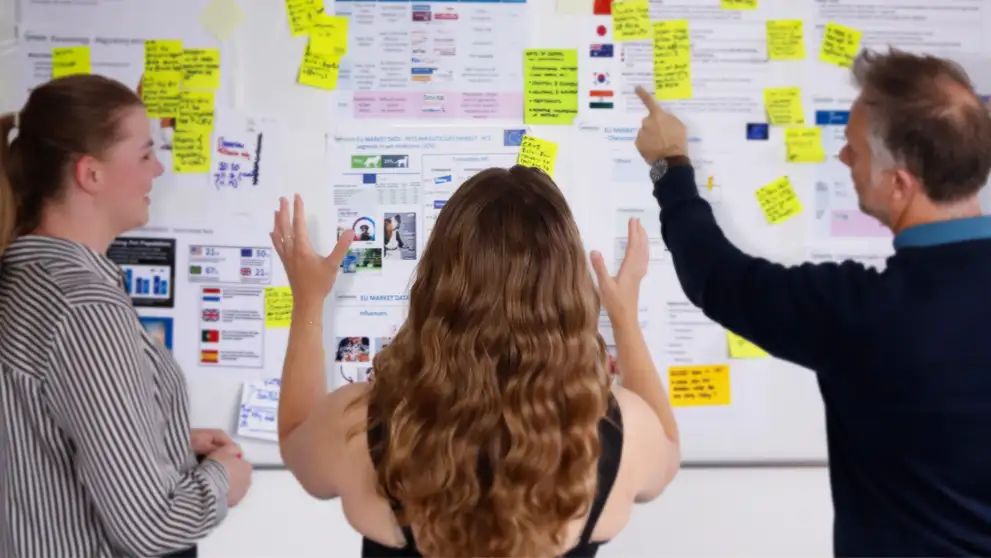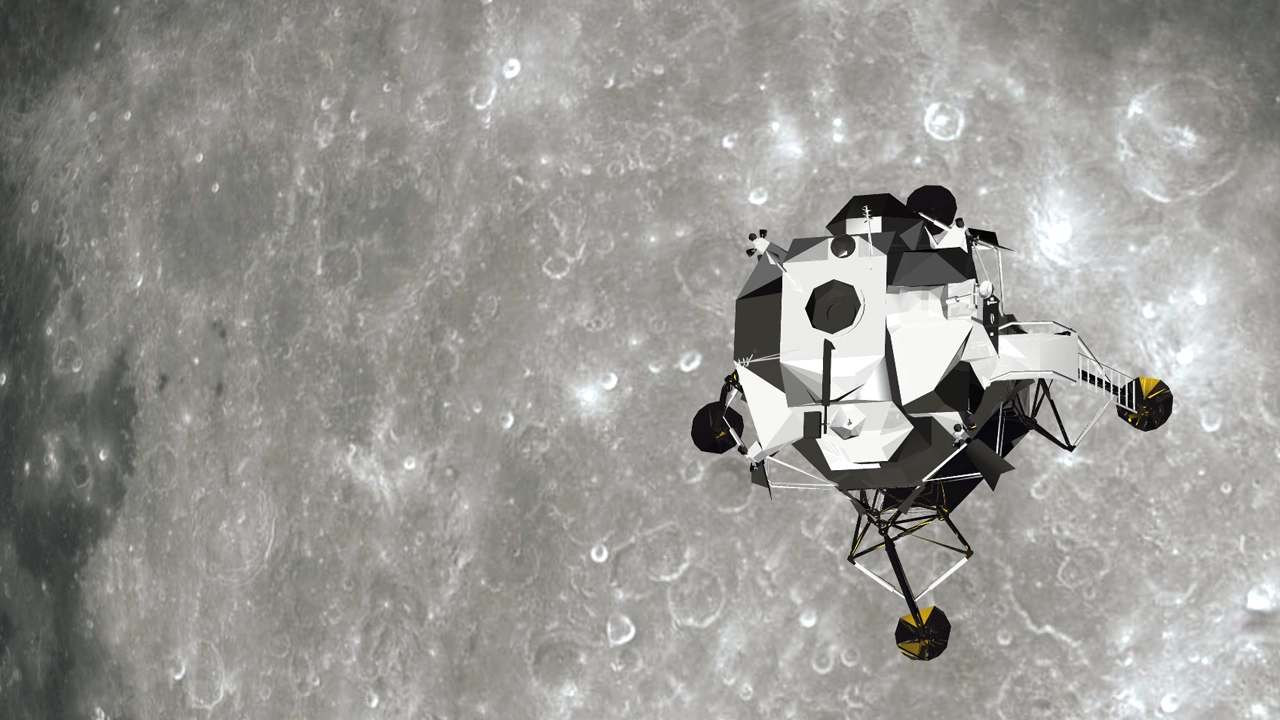Why choose radar?
We advocate radar because it has a number of benefits over optical technologies. When designed optimally, it offers good range and large area coverage, sufficient resolution for nearly all foreseeable space sensing applications, and can work in all visibility conditions – when the Sun is in line of sight, during an eclipse, and in dust for missions on celestial bodies.
With the right expertise, mmWave radar can be designed for low cost, size, weight, and power, and to avoid moving parts that can break – all important considerations when putting it onto a satellite or spacecraft.
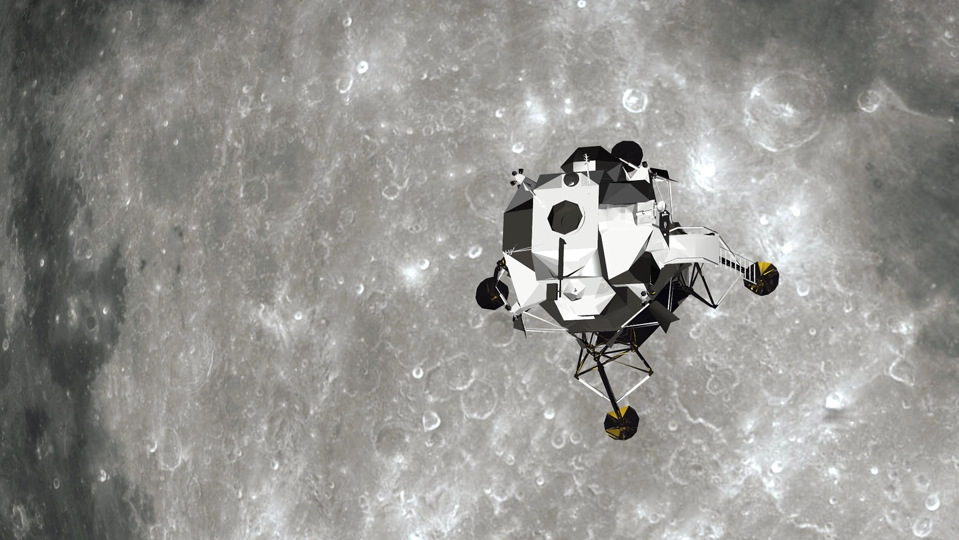
Comparing a Radar, a LiDAR and a Camera using a drone
Sensing technologies – the options
There are three primary approaches for autonomous platforms:
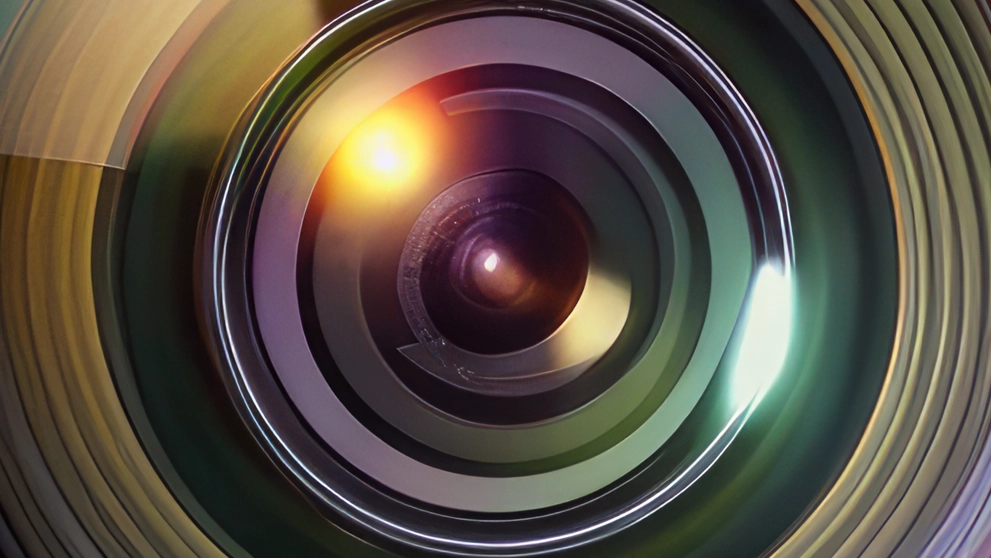
Optical cameras
Can capture detailed, color-rich images mimicking human vision, but highly dependent on lighting conditions and struggle in very bright, dark or high contrast environments.
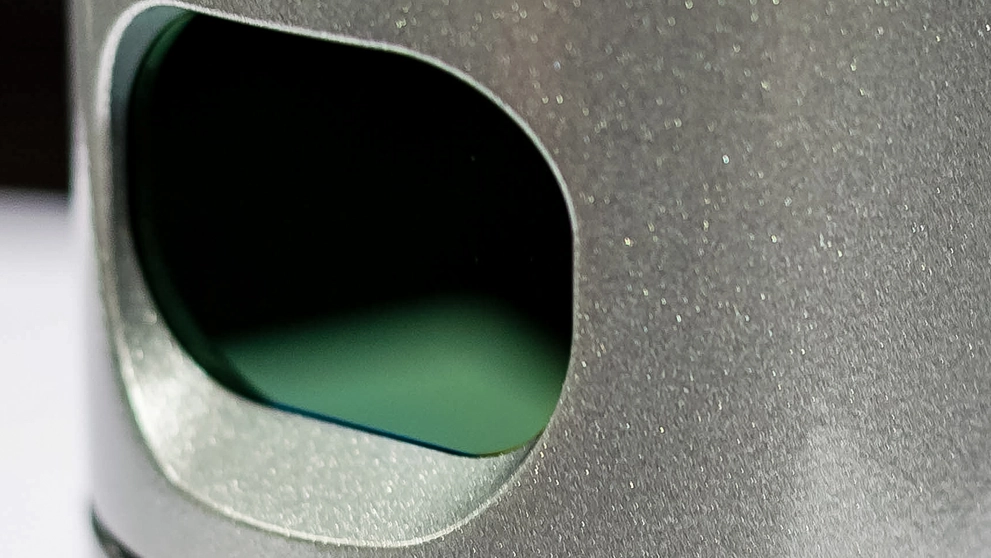
LiDAR (Light Detection and Ranging)
Uses laser pulses with short infrared wavelengths to capture very detailed depth images and create high-resolution 3D maps but tends to only work well in good conditions. But its laser light is scattered and absorbed by fine particles such as dust, limiting its applications on celestial bodies such as asteroids and moons. Furthermore, its performance is degraded when the Sun is within its field of view.

Radar (Radio Detection and Ranging)
Uses radio waves to detect objects and measure their speed, distance, and bearing. It offers lower resolution than LiDAR but excels in detecting objects over long distances, and those moving quickly. It is unaffected by lighting conditions and less affected by fine particles.
Technical Paper – Sensing in Space
Explore the cutting-edge technology of mmWave radar and its impact on space missions, including the detection of orbital fragments, in our technical paper “Sensing in Space”. Gain insights into safety and efficiency improvements, customization options, and performance optimization. Stay informed about the latest advancements in space technology.
